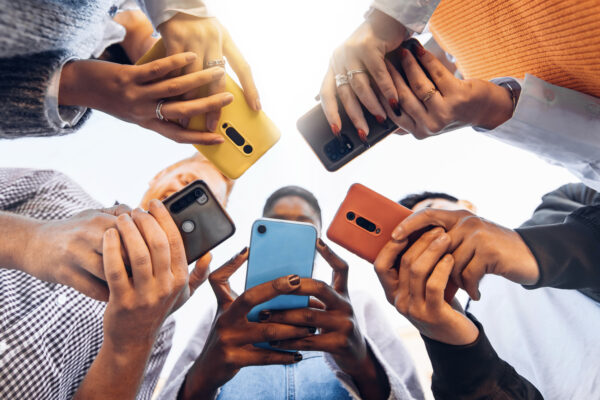Welcome to the next installment of our Mobile Apps Accessibility Series! In this segment, we’ll explore the importance of inclusive multimedia content and how it can significantly enhance the accessibility and user experience of your app. Let’s delve into why inclusive multimedia content matters and how you can ensure that all users can access and interact with your app’s media content effectively.
Why Inclusive Multimedia Content Matters
Multimedia content, including images, videos, and audio, plays a crucial role in engaging users and conveying information within mobile apps. Ensuring that this content is inclusive and accessible to all users is essential for creating a positive user experience. Here’s why inclusive multimedia content matters:
Accessibility
Making multimedia content accessible ensures that users with disabilities, including those with visual or hearing impairments, can access and understand the information conveyed. Providing alternative formats or descriptions for multimedia content enables all users to engage with your app’s content effectively.
Inclusivity
Inclusive multimedia content promotes inclusivity by catering to the diverse needs of your user base. By providing multiple ways to access information, you can accommodate users with varying abilities, preferences, and technological limitations.
Enhanced Engagement
Accessible multimedia content enhances user engagement by making your app’s content more engaging and interactive. Users are more likely to interact with and share content that is accessible and easy to understand, leading to increased user satisfaction and retention.
Legal Compliance
Ensuring that multimedia content is accessible is not only a best practice but also a legal requirement in many jurisdictions. Compliance with accessibility standards, such as the Web Content Accessibility Guidelines (WCAG), helps to mitigate legal risks and ensure that your app is accessible to all users.
Best Practices for Inclusive Multimedia Content
To ensure that your app’s multimedia content is inclusive and accessible, consider the following best practices:
Alternative Text for Images
Provide alternative text descriptions for images to convey their content and context to users who cannot see them. Descriptive alt text enables users with visual impairments to understand the purpose and meaning of images within your app.
Captions and Transcripts for Videos
Include captions or transcripts for videos to provide synchronized text descriptions of spoken dialogue and audio content. Captions and transcripts make video content accessible to users who are deaf or hard of hearing, as well as those who prefer to read rather than listen to audio content.
Audio Descriptions for Visual Content
For videos or multimedia content that contains important visual information, provide audio descriptions to narrate the visual elements to users who cannot see them. Audio descriptions enable users with visual impairments to understand the visual context of the content.
Accessible Media Players
Use accessible media players that support keyboard navigation, screen reader compatibility, and other accessibility features. Ensure that users can control playback, adjust volume, and access additional content options using accessible controls.
Inclusive multimedia content is essential for creating accessible and engaging mobile apps. By providing alternative formats, descriptions, and accessible media players, you can ensure that all users can access and interact with your app’s multimedia content effectively. In the next installment of our series, we’ll explore additional design principles aimed at promoting accessibility in mobile apps. Stay tuned for more insights and tips!
What is next?
In our next installment, we will delve into each of the User Testing with Diverse Groups for Mobile Apps Accessibility Series.
For more information on why accessibility is important in general, you can check out my previous blog post here.
For further information on how In our next installment, we’ll explore the importance of captions for individuals with hearing disabilities and delve into how we can promote digital products using captions with semantic markup to enhance accessibility for those with hearing impairments.to make your product accessible to your audience, contact our experienced design experts, check out our Accessibility IQ for your website, download our guide Digitally Accessible Experiences: Why It Matters and How to Create Them, and read more from our UX for Accessible Design series.




